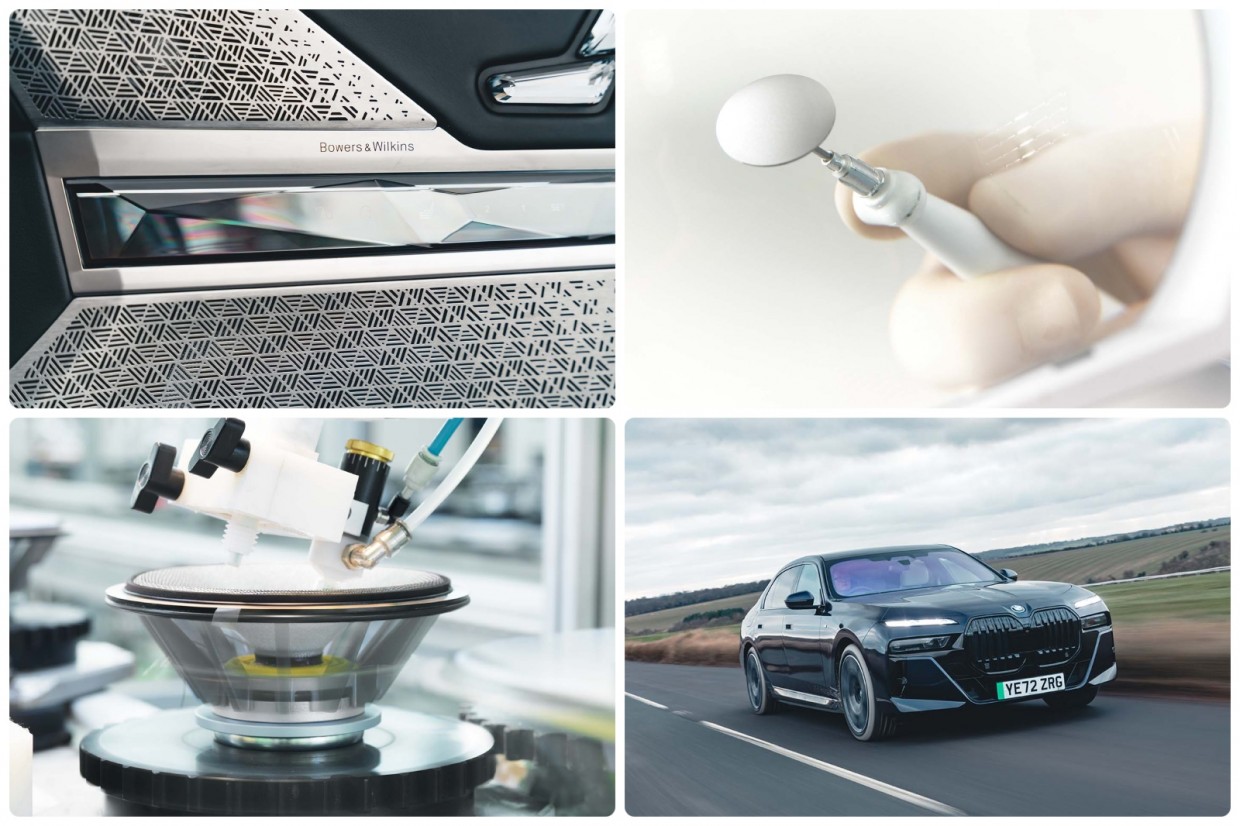
Ticking the box for the optional speaker system when buying a new car can often seem like an afterthought when compared to factors such as model, brand, powertrain and so on. But that might change given how quiet electric cars are, making a quality audio system even more beneficial.
Basically, without the soundtrack of a combustion engine, there's a lot more scope to let your music be the star in an EV. And one firm hoping to showcase why and how a premium sound system makes a difference in an electric car is Bowers & Wilkins, a luxury speaker manufacturer that has partnerships with a number of automotive brands.
We headed down to the firm’s production facility in Worthing to learn how the Bowers & Wilkins speakers are made, and to sample its latest in-car audio system in a new BMW i7, to gain further insight into why such systems make sense.
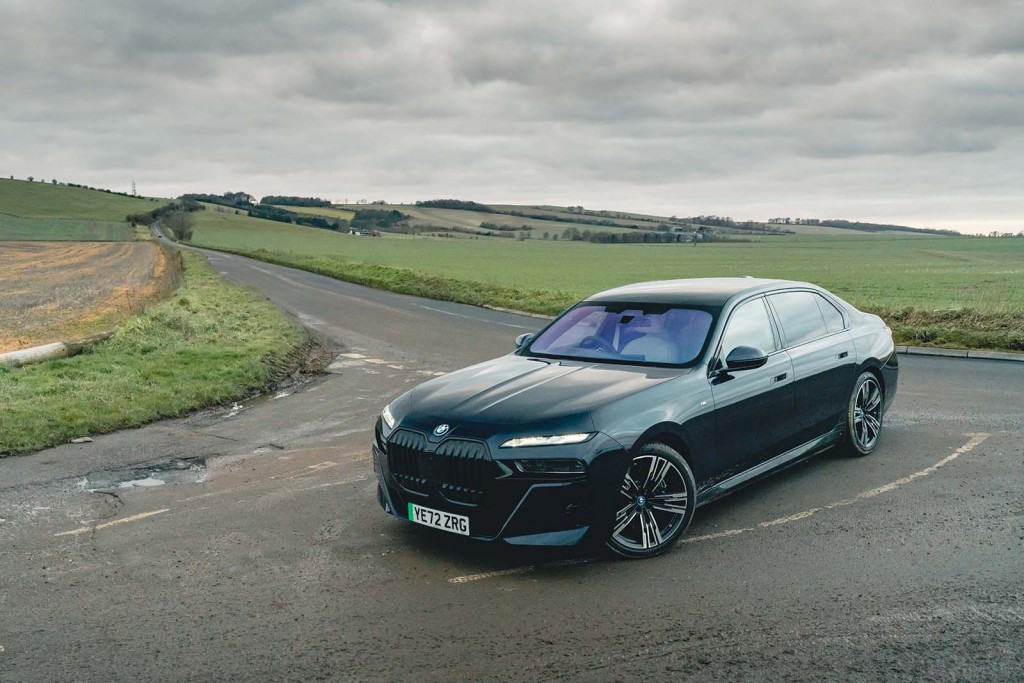
Behind the scenes at the B&W factory
Bowers & Wilkins produce a range of speakers, headlined by the range-topping 801 D4 speakers, which cost a whopping £32,500 for a pair
To give us an in-depth insight into the speaker technology that feeds the development of the BMW system, we were guided on a full factory tour of the firm’s production line. We weren't strictly looking at EV audio systems, but bear with us: to understand what B&W is doing with its in-car systems it's best to understand how a stereo is made in the first place.
The 800 Series speakers are made from layers of beach wood, with the cabinet heavily braced with aluminium to prevent vibrations distorting the sound of the speakers.
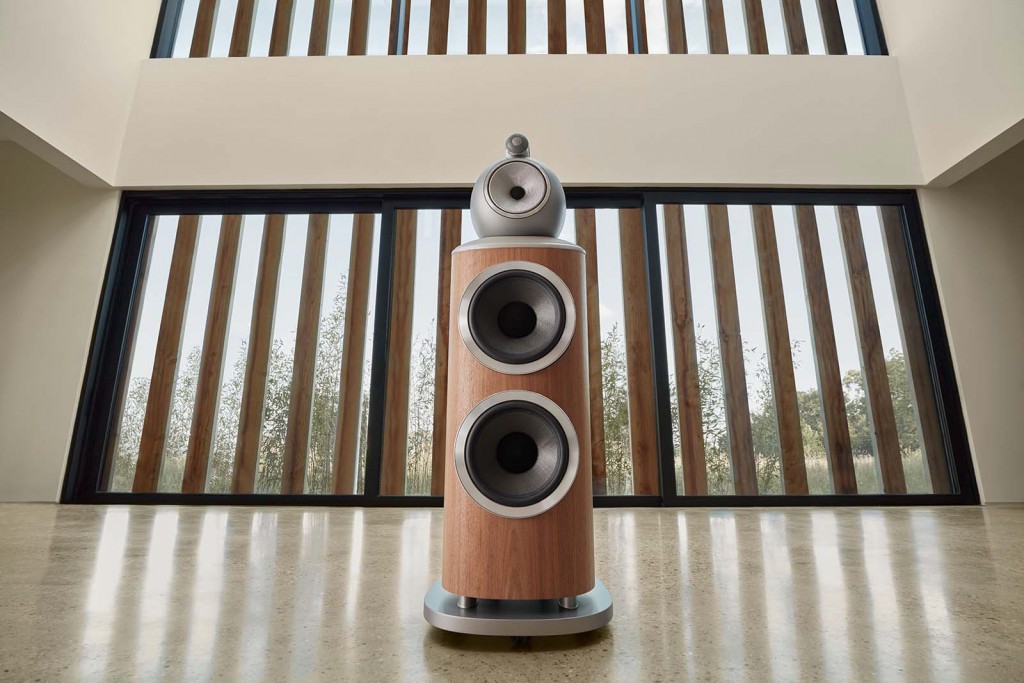
The attention to detail is nothing short of astonishing. Even though a super-accurate five-axis robot cuts the loudspeakers to size, the units are checked by a technician to ensure complete accuracy has been achieved. Painted units are given five base coats to give the speaker durability, but are then sanded and painted four additional coats to produce a glossy, mirror finish.
Opt for a Satin Walnut veneer and Bowers will build the speakers using identical material to make sure the grain of wood matches on both cabinets.
We were further amazed by the materials that go into the speaker systems themselves. The tweeter (nothing to do with Elon Musk, it's basically a speaker) on top of the 801 D4 – designed to deal with higher frequencies – is made from synthetic diamond. The ultra-thin piece of diamond is super stiff, making it the ideal material for a tweeter as they’re tasked with dealing with the upper range of sounds when you play music.
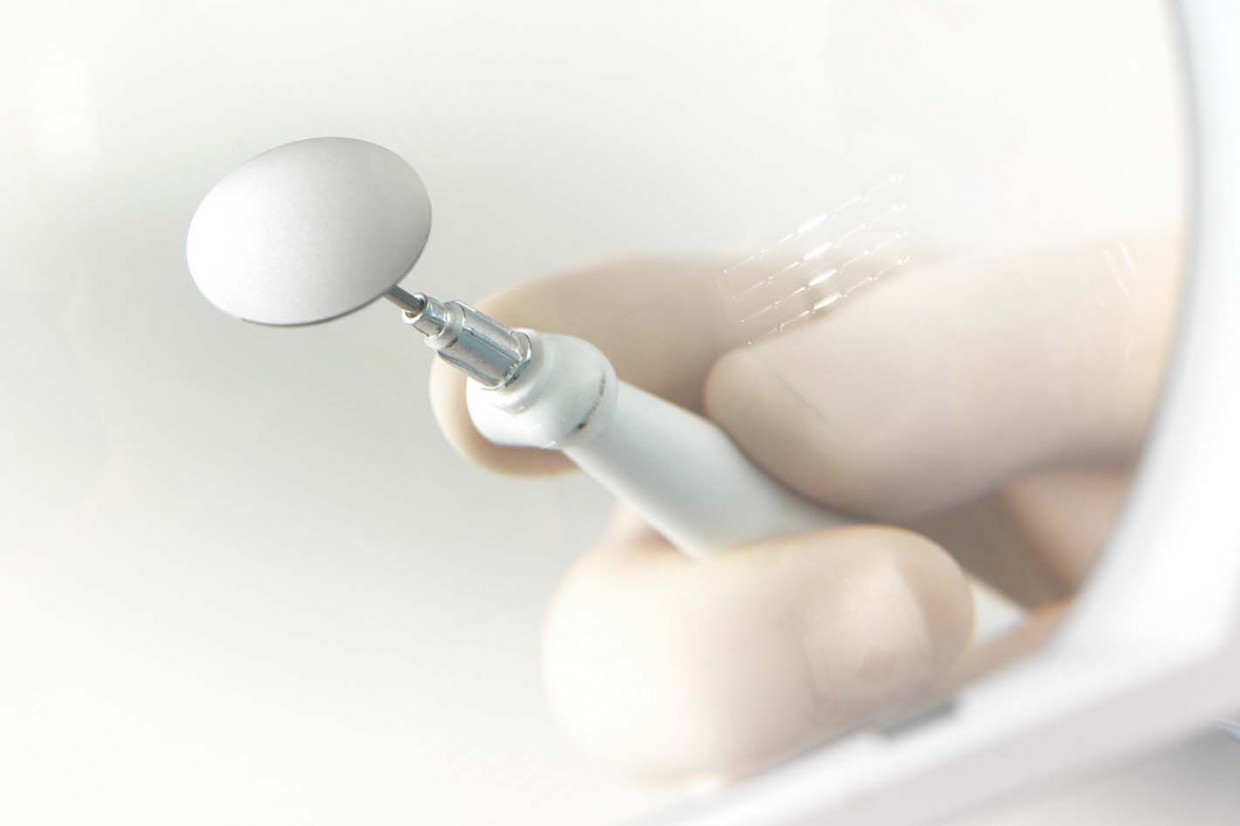
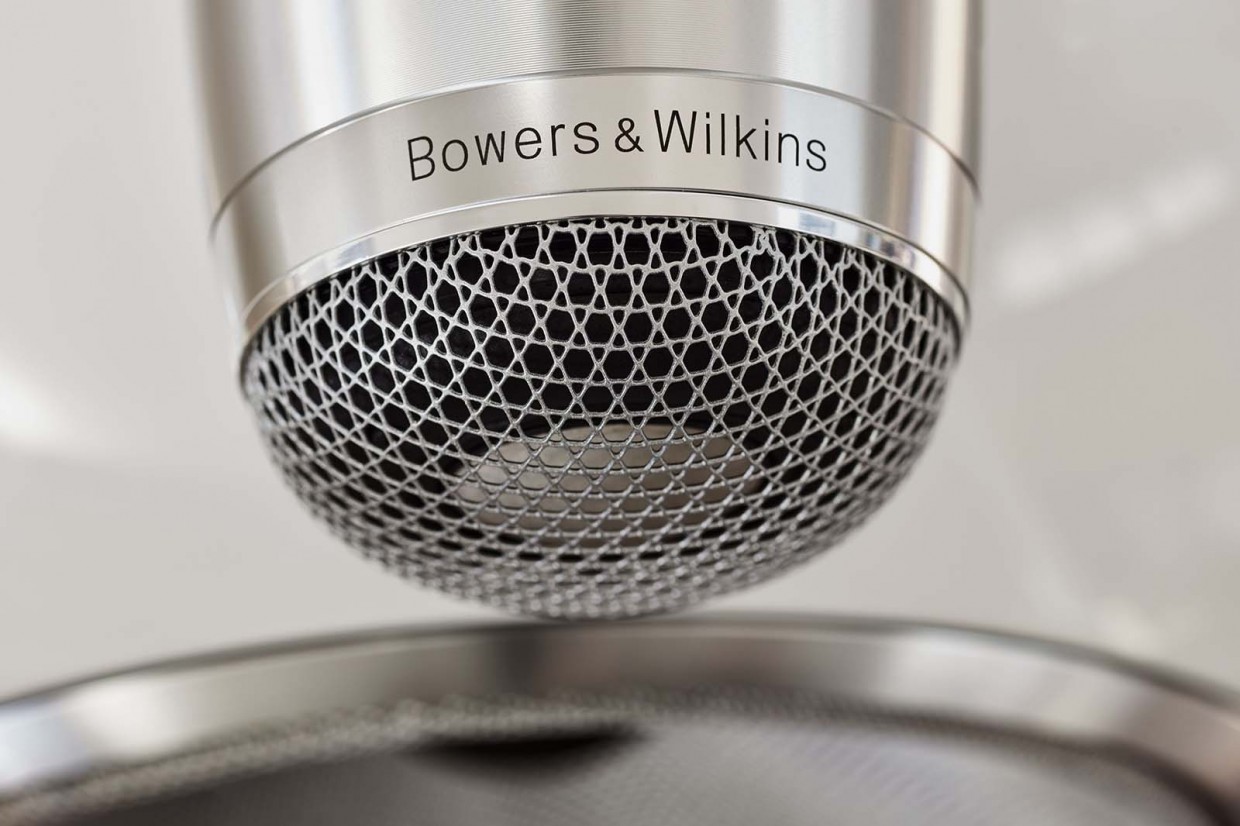
Another key feature on the 801 D4 which feeds the firm’s automotive audio systems is its Continuum Cone. Forgive the technical jargon, but this speaker unit - that’s the one below the tweeter - is super clever as it has to deal with the mid-range sounds.
Previously made from Kevlar, the Continuum Cone is now made using a mix of top-secret materials, and has been designed to convert unwanted sound energy into smaller fragments, further helping to create a more accurate sound.

For a bit of context as to how good these loudspeakers are, they have been used by Abbey Road Studios since the 1980s and are used to sign-off most scores for movies. The sound for Star Wars, Indiana Jones, Harry Potter, James Bond and many more films were all played back through and monitored by a Bowers & Wilkins 800 Series speaker. So you might have heard sound through an 800 Series speaker, you just didn’t know it.
We sampled the speakers in the firm’s studio and it’s quite hard to convey just how accurate the loudspeakers are. The quality of sound was so real, it was almost like the band was playing right in front of us – and that is no exaggeration.
But how much of the Bowers & Wilkins domestic loudspeakers actually feed the car design and what is a range-topping in-car audio system like in an EV? The Bowers team brought along a BMW i7 to explain.
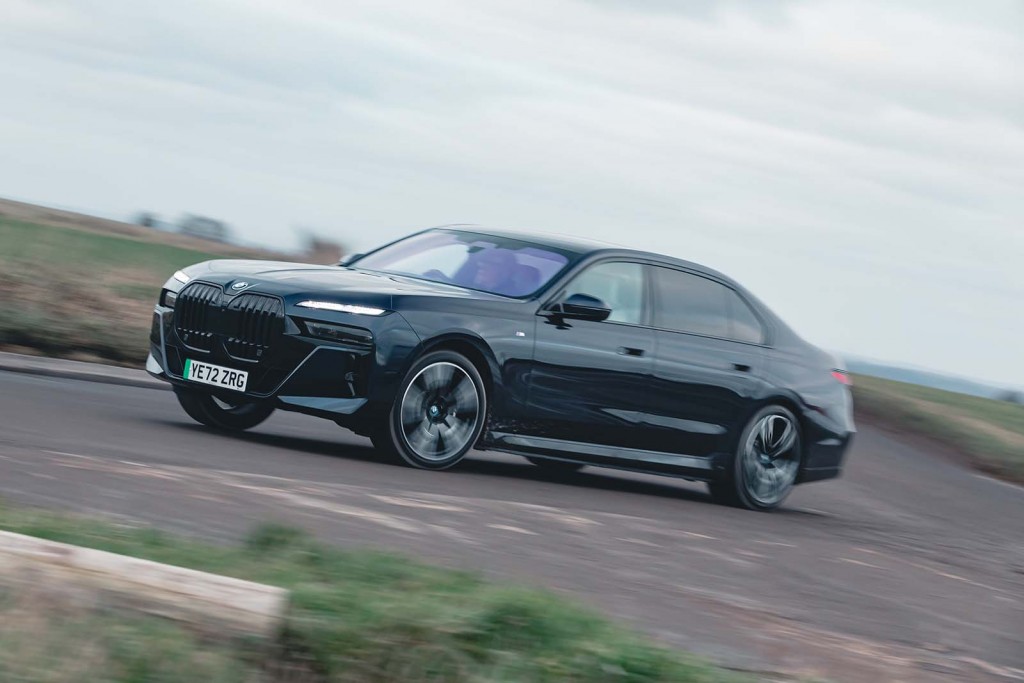
Sampling the Diamond Surround Sound system
On hand to offer greater insight into the Bowers & Wilkins system in the i7 was the firm’s automotive engineering manager, George Fryer.
Fryer leads the development of the in-car audio systems and works closely alongside firms including BMW, Polestar and McLaren to create the premium Bowers & Wilkins system. Remember the Diamond Dome tweeter and Continuum Cone we mentioned earlier? Both feature in the i7’s Diamond Surround Sound system, which has a total of 36 speakers dotted around the luxury saloon’s interior.
The Diamond system features four sound profiles: Studio, Concert, On Stage and Rear, each of which is tweaked and designed to offer a different sound experience. Studio mode is Bowers & Wilkins' reference mode and has been adjusted to mimic the firm’s flagship loudspeakers.
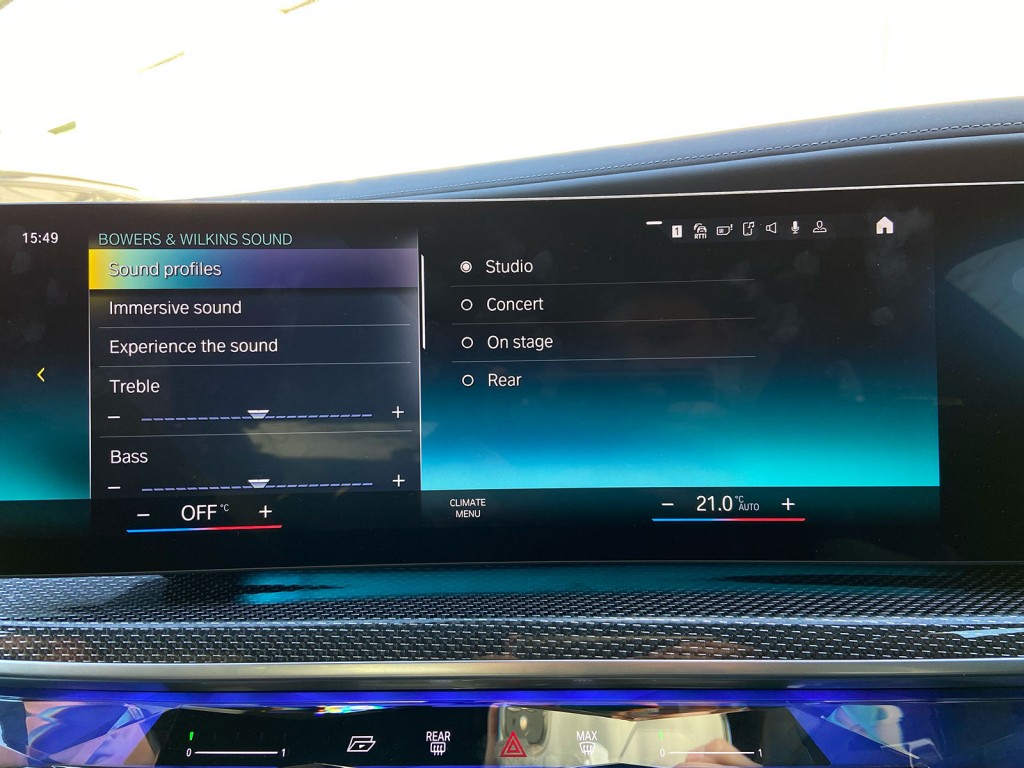
The sound quality is seriously impressive; perhaps not like-for-like given we're in a car and not a studio, but it comes very close, and the accuracy and detail in what you hear is something Bowers & Wilkins can be proud of. We were big fans of the headrest surround sound speakers and the bass seat shakers, which further added to the listening experience.
But what are the benefits of ticking the Bowers & Wilkins option when you order a new car? Of course, the Diamond sound system far exceeds the capabilities of the standard unit, but why pick it in an EV?
“In an EV, lower levels of background noise and more subtle sounds can be heard in more detail in comparison to a petrol powered car,” says Fryer. “The way the car is going, we’re moving away from 0-60mph times; it's becoming more about the experience a car offers and we are very well placed to support that transition.
“And when autonomy becomes more of a big deal, you may be less engaged in the act of driving and have more time to focus on different elements, specifically the audio system.”
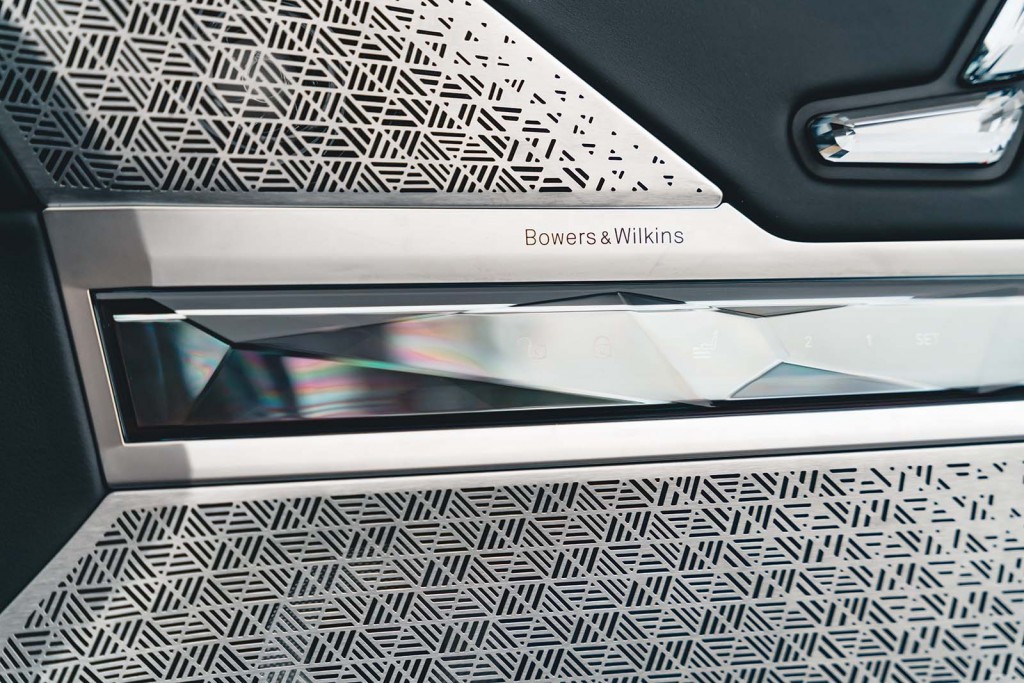
The system differs slightly to the one featured in the hybrid seven series. This is because the batteries in the floor of the i7 mean the subwoofer for the system has to be placed in the boot. As Fryer explains, finding where to add its speakers in an electric car while maintaining a premium level of sound quality is not an easy task.
“One of the main challenges we have is finding where to put our speakers, particularly our subwoofers, because they are typically larger in volume,” says Fryer.
“We spend a lot of time testing the system on the road and tuning its characteristics. It’s no good having a system that sounds great statically but falls apart when you’re on the road.”
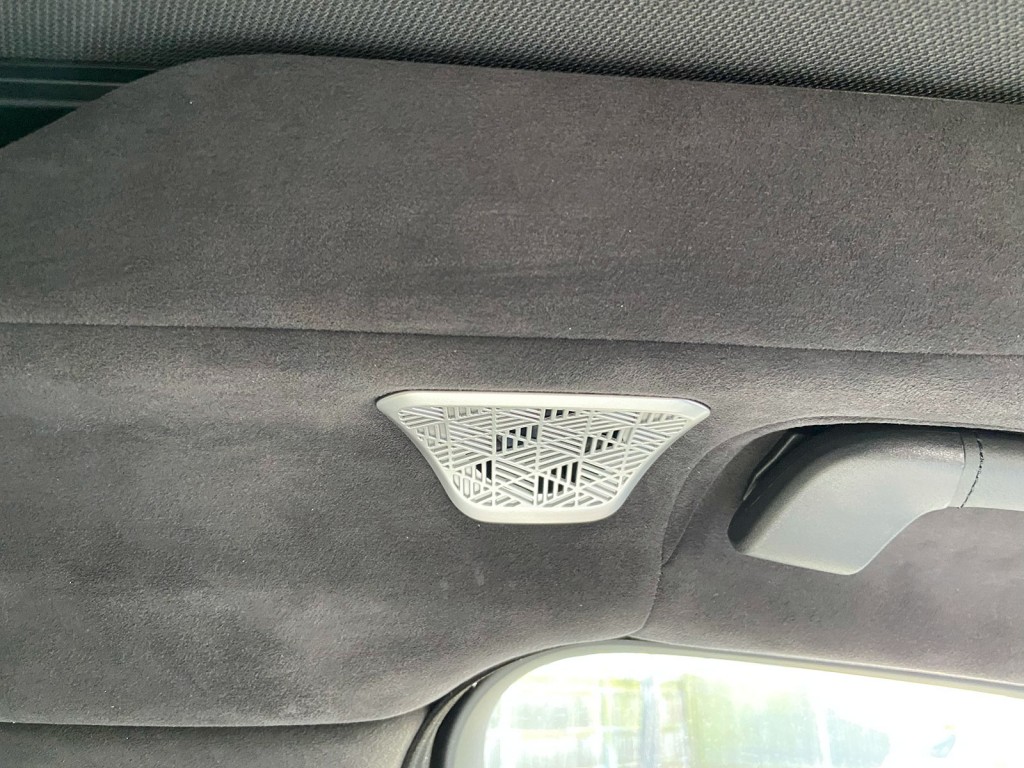
Fryer and the Bowers team explained that the key difference between domestic audio and in-car audio is they know the exact environment in which you will listen to music.
When a customer buys a pair of £32,500 loudspeakers, B&W doesn't know how big the room they will go in is, where they are positioned in your home, or if you’ve got soft furnishings. All these factors potentially limit the true ability of the loudspeakers.
In contrast, Bowers has total control over the in-car system because it works with the car firms and knows the layout and interior materials. It knows where the speakers will be placed, and where the driver will be positioned, so it can set-up the system accurately and maximise its potential.
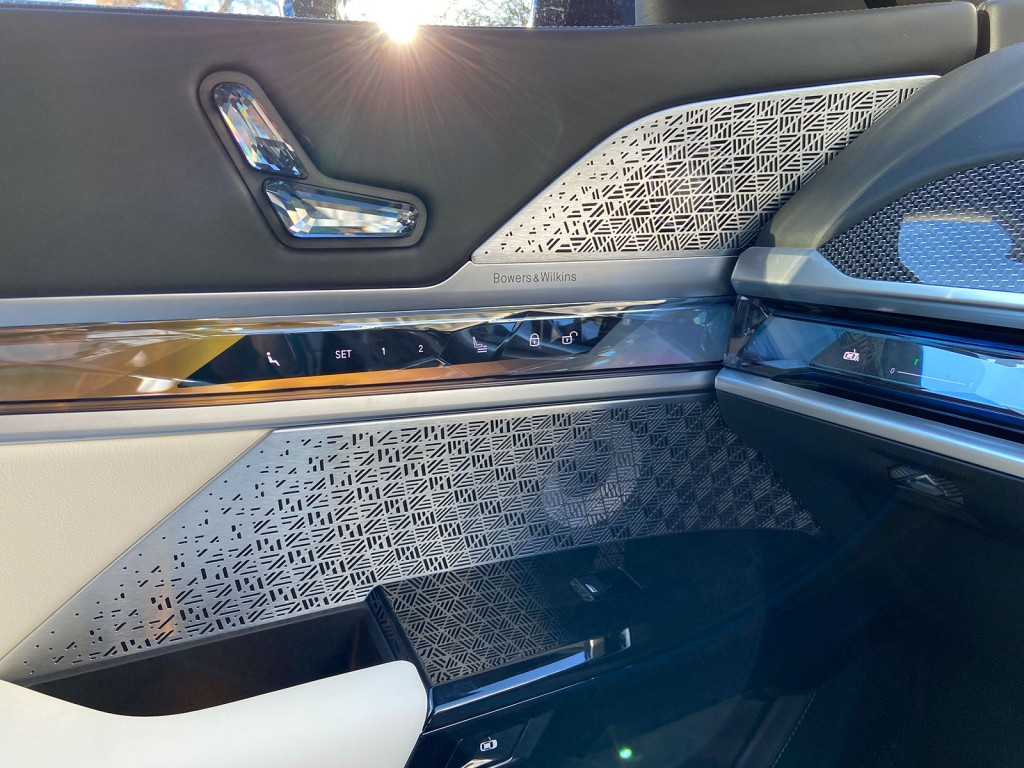
“A car is a very harsh environment because we have glass, leather and plastics, we have all manner of different noises and have to deal with the placement of occupants, so loads of challenges to contend with,” says Fryer.
“But the good thing is that they’re all known and quantifiable, which is not true in any other listening base, so we can compensate for those different factors.”
And the final product that eventually makes it into the vehicle isn’t a short term project by no means. Bowers will collaborate with car manufacturers years before the car is even launched, and before it hits the road, the loudspeaker firm will test its systems extensively in all-weather conditions.
It’s this level of testing and attention to detail from the Bowers & Wilkins engineers that has helped them to deliver an unrivalled sound system for the i7. All the painstaking man-hours that go into the firm’s loudspeaker range have been carried over into the in-car system.
Ultimately, much will depend on how much you love your music. If you want to hear music in the best possible environment, you might find it's better to invest in a top-notch audio system for your car than your home.
READ MORE
Subscribe to the Move Electric newsletter
e-CARS
What is a heat pump and how do they benefit electric cars?
Bold new Volkswagen ID 2all previews sub-£22,000 electric car
e-BIKES
Ten electric bikes we're excited for in 2023
Nine ways to keep your e-bike safe
E-bike theft: how common is it and what can you do to protect your e-bike?
Haibike AllMtn CF 6 e-bike review
e-MOTORBIKES
10 electric motorbike start-ups you should watch out for
Energica e-motorbike to take on all-comers in US racing series
Ducati: How the Italian motorbike brand is gearing up for the electric era
e-SCOOTERS
Planned laws to legalise private e-scooters face delay
Leading e-scooter firms team up on best-practice guide for cities
Ambiguity over e-scooter legality causing ‘confusion’, says police chief
e-WORLD
Solar panels: 8 ways the sun can power your electric life
First ride: Lunaz Upcycled Electric Vehicle bin lorry
